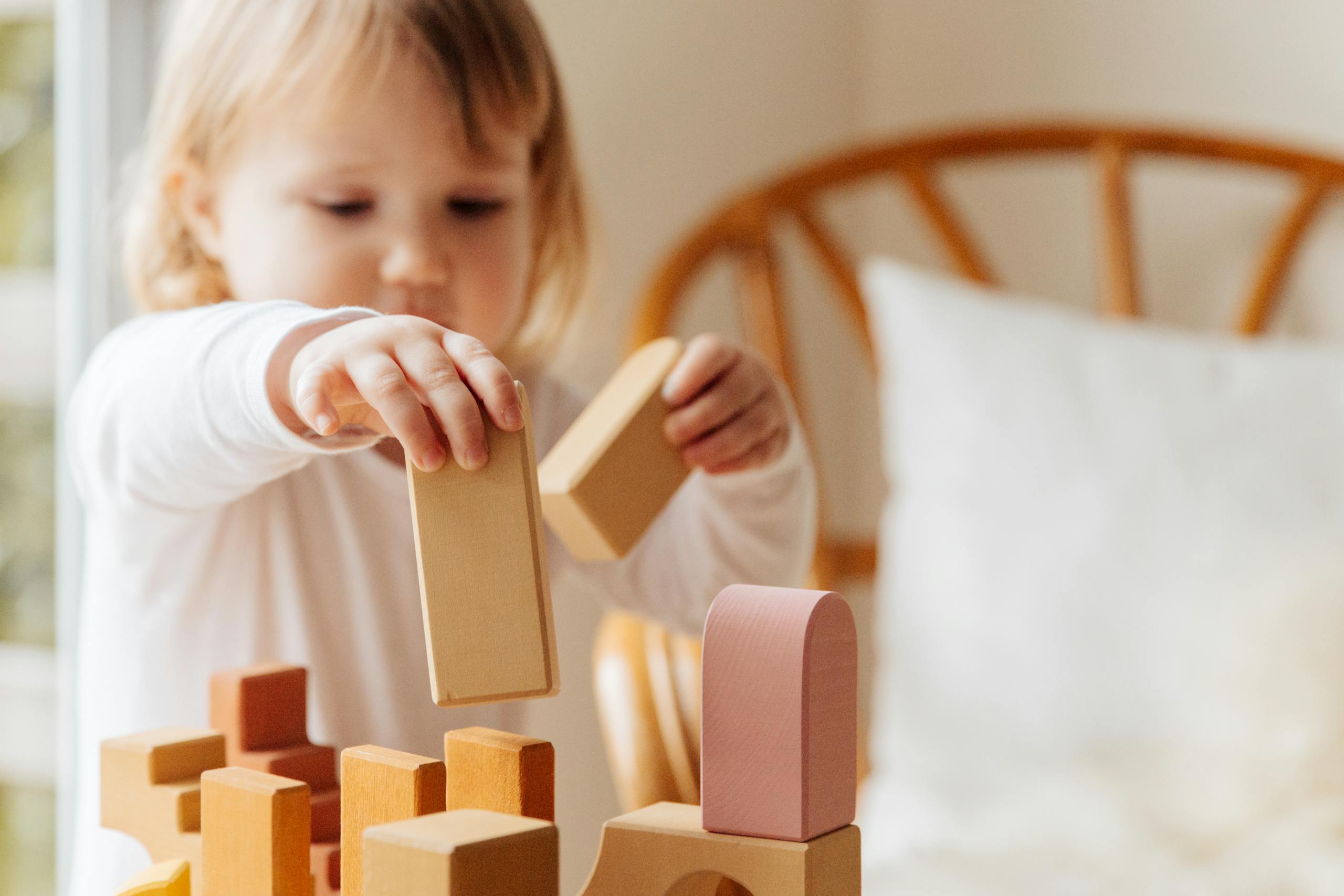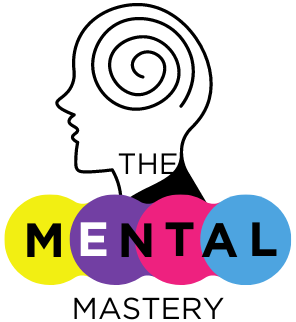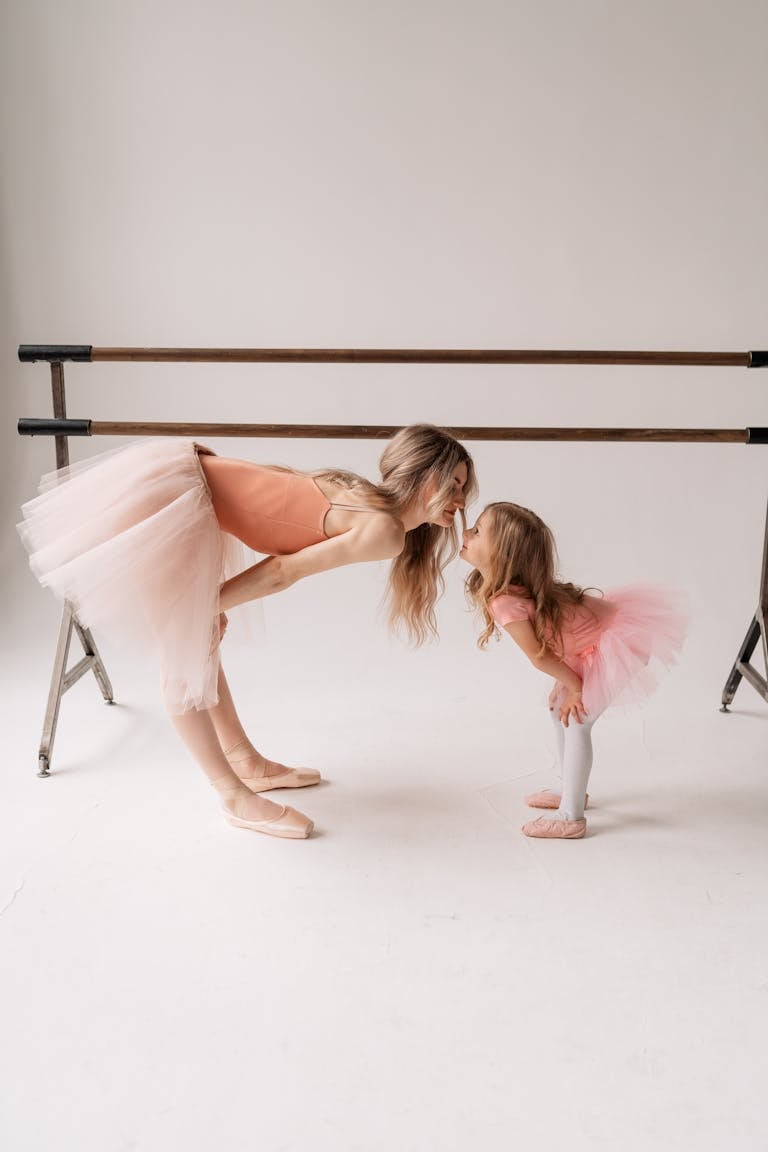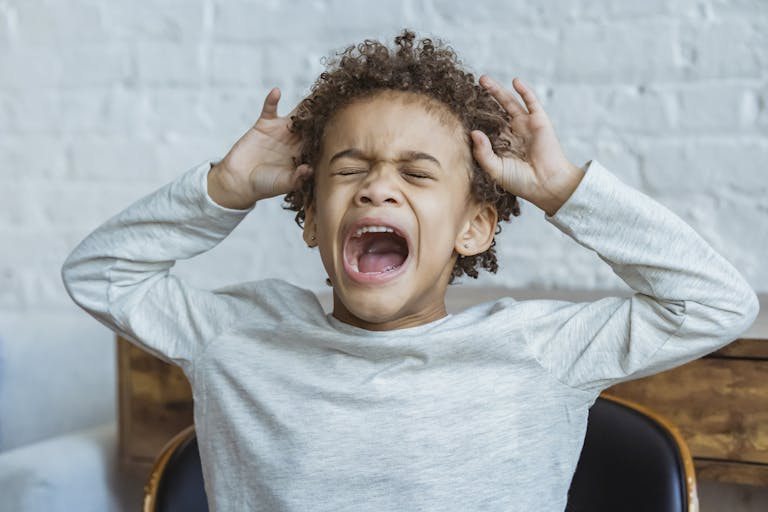The Role of Play Therapy in Child Development (4 Benefits)
Introduction
Play therapy is a therapeutic approach primarily used to help children explore their emotions, resolve psychological issues, and improve their mental health. By utilizing play as a natural medium, it promotes expression, communication, and healing. With the help of current research and studies, this article explores the function of play therapy in child development and gives readers a thorough grasp of its advantages and uses.

Understanding Play Therapy
Play therapy is a type of psychotherapy where kids use play to express their emotions and ideas. As per the Association for Play Therapy, play therapy helps kids confront and overcome their own issues. Therapists can watch children play and learn about their experiences and feelings. Children between the ages of 3 to 12 benefit most from play therapy as play is a natural way for them to express themselves and make sense of the world.
The Importance of Play in Child Development
Play is essential to a child’s healthy growth. Children develop their cognitive and emotional abilities, their understanding of the world, and their ability to interact with others through play. According to a study by Ginsburg (2007), play is crucial for kids’ brain development and improves their physical, social, emotional, and cognitive health. Utilizing play’s inherent benefits, play therapy addresses psychological problems and advances mental wellness.
4 Benefits of Play Therapy
1. Emotional Expression and Regulation
Play therapy offers kids a secure space to communicate their feelings. Since many kids struggle to express their emotions verbally, play provides a nonverbal means of communication. According to research by Ray et al. (2015), children who receive play therapy have far better emotional regulation, which helps them better control their emotions.
Children may use toys, dolls, or art supplies to project their inner experiences during a normal play therapy session. Through this technique, therapists can find underlying issues that may not come up in discussion alone. A youngster experiencing anxiety, for instance, can act out scenarios involving danger and rescue regularly. This might give insight into the child’s worries and show how they can be treated therapeutically.
2. Enhancing Social Skills
Through play, children learn vital social skills such as cooperation, negotiation, and empathy. Play therapy can help children develop these skills in a structured environment. A study by Bratton, Ray, and Rhine (2005) showed that children who participated in play therapy demonstrated improved social interactions and relationships.
Social skills are often practiced in play therapy through role-playing and interactive games. These activities allow children to experiment with different social roles and behaviours in a safe setting. For instance, a child might play the role of a teacher or a peer, learning to navigate social dynamics and understand different perspectives, which is crucial for social development.
3. Reducing Anxiety and Trauma Symptoms
Play therapy is effective in reducing symptoms of anxiety and trauma. It allows children to process traumatic events and express their fears and anxieties in a controlled manner. A meta-analysis by Lin and Bratton (2015) indicated that play therapy significantly reduces anxiety symptoms in children.
For children who have experienced trauma, play therapy offers a therapeutic outlet where they can safely revisit and make sense of their experiences. By engaging in repetitive, symbolic play, children can gradually desensitize themselves to traumatic memories and develop coping mechanisms. This therapeutic process helps mitigate the long-term psychological effects of trauma and fosters resilience.
4. Boosting Self-Esteem and Confidence
Children who engage in play therapy often experience improved self-esteem and confidence. Through successful play experiences, children build a sense of competence and mastery. This was supported by a study conducted by Shen and Armstrong (2008), which found that play therapy enhances self-esteem in children.
Play therapy sessions are designed to encourage autonomy and decision-making. When children are given the freedom to choose their activities and direct their play, they feel a sense of control and accomplishment. This empowerment boosts their self-esteem and reinforces their ability to tackle challenges independently.
Techniques Used in Play Therapy
1. Non-Directive Play Therapy
In non-directive play therapy, also known as child-centered play therapy, the child leads the play. The therapist observes and provides a safe and accepting environment without directing the child’s actions. This approach is based on the belief that children have an innate ability to solve their own problems given the right conditions (Axline, 1947).
Non-directive play therapy relies on the therapist’s ability to create a non-judgmental, supportive atmosphere where children feel free to express themselves. This method fosters a sense of trust and security, allowing children to explore their thoughts and emotions at their own pace. The therapist’s role is to facilitate and reflect on the child’s play, helping them gain insights into their behaviour and feelings.
2. Directive Play Therapy
The therapist directs the play more actively while using directive play therapy. When specific therapeutic goals need to be addressed, this strategy is frequently employed. Role-playing, storytelling, and the use of therapeutic games and toys are a few techniques that can be used to get the child to respond.
Play therapy with a directive approach is designed to address specific problems, such emotional or behavioural challenges. In order to educate coping mechanisms or confront negative thought patterns, the therapist may present scenarios or activities. To practice acceptable ways to express and control anger, a therapist working with a kid on anger management can, for instance, employ role-playing.
3. Sand Play Therapy
Sand play therapy involves the use of a sandbox and miniature figures. In the sandbox, kids build scenes that symbolize their inner selves. Children can use this method to communicate and process difficult feelings and experiences (Homeyer & Sweeney, 2011).
Children benefit from sand play therapy by externalizing and organizing their ideas and feelings due to the tactile and imaginative quality of the exercise. Children are able to process and symbolically portray their inner tensions and concerns through the arrangement and manipulation of the figures. This type of treatment works especially well for kids who have trouble expressing themselves verbally.
4. Art-Based Play Therapy
In art-based play therapy, children utilize painting, drawing, and other artistic mediums to communicate their emotions. Children who have undergone trauma or who struggle with verbal expression may benefit most from art therapy (Malchiodi, 2012).
With the help of art-based play therapy, kids can express their feelings via their crafts, giving their inner world a concrete and visible manifestation. Since this type of therapy does not need verbal articulation, it is particularly helpful for kids who struggle with communication. The act of creating itself can be healing in that it provides a feeling of accomplishment and a healthy way to communicate feelings.
Conclusion
Play therapy is an effective tool in the development of children, providing them with a special means of self-expression and psychological healing. Research has shown that play therapy has several advantages, such as better emotional regulation, greater social skills, decreased anxiety, and increased self-esteem. Parents, teachers, and mental health professionals can support children’s general mental health and well-being by helping them navigate their emotions and experiences through the use of play therapy approaches.
References
Axline, V. M. (1947). Play Therapy. Ballantine Books.
Bratton, S. C., Ray, D. C., & Rhine, T. (2005). The efficacy of play therapy with children: A meta-analytic review of treatment outcomes. Professional Psychology: Research and Practice, 36(4), 376-390.
Ginsburg, K. R. (2007). The importance of play in promoting healthy child development and maintaining strong parent-child bonds. Pediatrics, 119(1), 182-191.
Homeyer, L. E., & Sweeney, D. S. (2011). Sandtray Therapy: A Practical Manual. Routledge.
Lin, Y. W. D., & Bratton, S. C. (2015). A meta-analytic review of child-centered play therapy approaches. Journal of Counseling & Development, 93(1), 45-58.
Malchiodi, C. A. (2012). Handbook of Art Therapy. Guilford Press.
Ray, D. C., et al. (2015). Child-centered play therapy in elementary schools: Evaluation of a program for children with chronic illness. Journal of Counseling & Development, 93(2), 186-197.
Shen, Y. J., & Armstrong, S. A. (2008). Impact of group sandtray therapy on the self-esteem of young adolescent girls. Journal for Specialists in Group Work, 33(2), 118-137.






